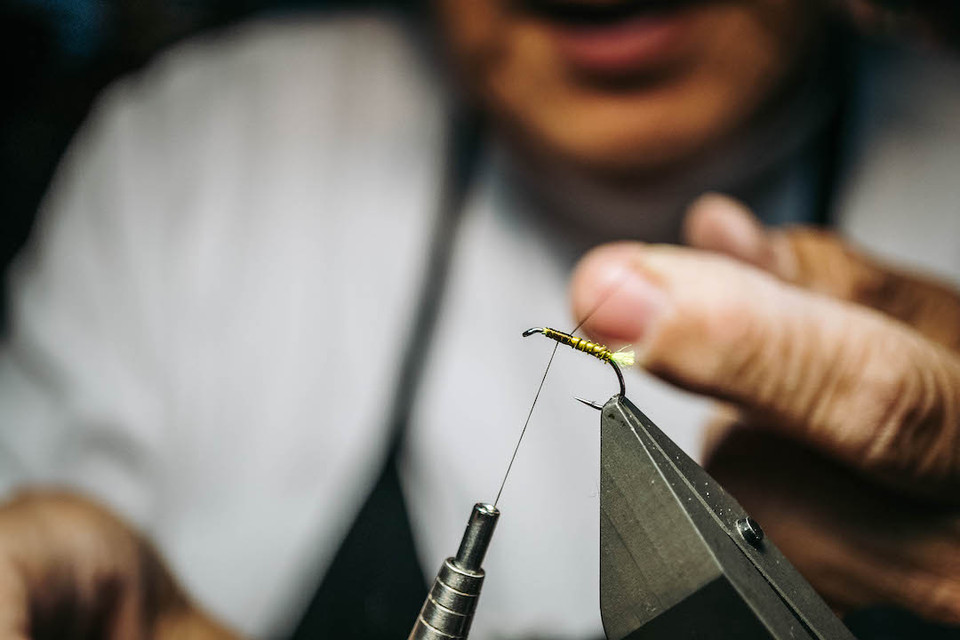
Talking hooks
I love new hooks. Every year there is one glorious day, generally disguised as some sort of sales appointment, when Alec Gerbec, my amazing Umpqua rep, comes to my shop and shows me the new hooks that are in development for the year. This is truly one of my favorite days. A batch of new hook styles immediately prompts “what if‘s“ in my brain. Thoughts of inserting new styles into existing patterns as well as creating new patterns around the design of these new hooks; my brain is immediately overrun with thoughts and runaway ideas.

Choosing the right hook for any given pattern is no easy task. Certainly it’s always a good idea to follow the recipe, but I can say from experience that it doesn’t hurt to experiment here a bit too. When developing a new pattern it’s all about changes and improvements and it often surprises me how often my hook choice changes as the pattern becomes more developed. For me, selecting the right hook is one part form, one part function, one part aesthetics, a sprinkle of tradition (or in some cases, counter-tradition) and usually a pretty good dose of personal preference. Utilizing new hook shapes and finishes into the final design shows a complete thought process and in every case produces a more effective fly pattern.

As fly tyers these days, we are inundated with a huge variety of hook style. From straight, humped and dramatically curved shanks, slick, black competition style hooks with long points and graceful bends and even entirely new bend shapes to accommodate modern foam bodied flies. To be honest I feel like I’m doing myself a disservice when I don’t consider a wide range of hooks for any pattern that I tie. Switching out the chassis to a non-standard skeleton cannot only change the look of a fly, but can change how it sits in the water, how well it hooks fish and even the overall profile of the pattern.

Designing and tying flies is great fun and it’s even more fun with today’s extensive hook offerings. Think of your favorite pattern to tie right now. Now think of changing out the hook to a completely different style. Would it gain any advantage from being tied on this new style of hook? Would a curve accentuate the silhouette? Would it open the gap of the hook up a bit? What if you tied it on a shorter shanked hook? Or a longer shanked hook? Would it sit on the surface differently? Would it sink better?
Considering these options as we tie both new patterns as well as stand-by old favorites, and implementing some of these new designs can really change a pattern and bring new life to a seasoned pattern. While standard hooks become standards for a reason, it’s great fun to experiment with different shapes and looks to freshen up your old favorites.
I always try to justify in my head why I would make any change to our existing fly pattern and using new hook designs doesn’t escape this sword. Often times the change in profile in the aesthetic aspect of the new hook is enough,but the gap width, shank length and even finish are all important considerations. Check out some of this new stellar array of hooks and let your imagination run a little wild; you may not come up with the next Jujubaetis or Two Bit Hooker,but it will certainly breathe some new life into your fly box.
- Charlie Craven, Owner of Charlie's Fly Box in Arvada, CO and Umpqua Signature Tyer
